The dystopian, Trumpian future narrowly avoided by America and the planet
There was only so much more of Donald Trump that America could take.
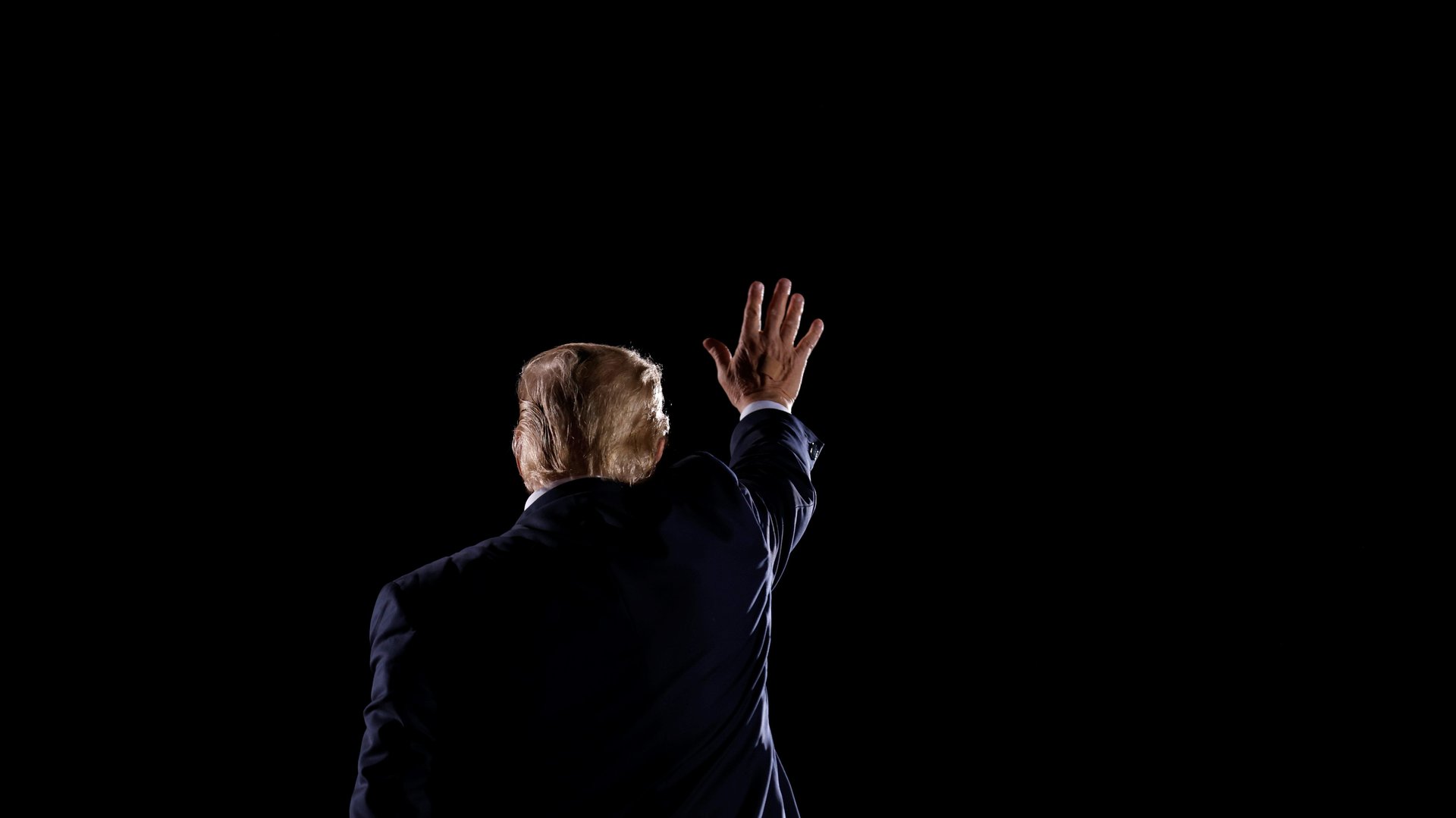

There was only so much more of Donald Trump that America could take.
In the end, and despite the continued support for Trump in wide swaths of the country, the United States chose not to re-elect a president who spreads conspiracy theories, sows racial discord, politicizes public health directives, and cozies up to brutal dictators.
For voters who stuck with him, these seemingly would have been small prices to pay for a leader who kept his first-term promises on limiting immigration and reducing regulation, and who successfully framed, at least as far as his followers were concerned, the response to the Covid-19 pandemic as a choice between supporting the economy and beating the virus.
Democrat Joe Biden’s supporters, meanwhile, collectively rejected the prospect for further immigration restrictions, an ever more conservative judiciary, a continuation of an “America first” approach to foreign policy, and almost certain disaster for the environment.
How much more damage would a second Trump term have done to America and its role in the world, and to the planet itself? Read through our roundup of the dystopian future the US narrowly skirted, or click on the links below to jump to specific sections.
The issues
The Covid-19 response • Immigration • Healthcare • Regulation • Climate change • The US Supreme Court • International relations • China
The Covid-19 response
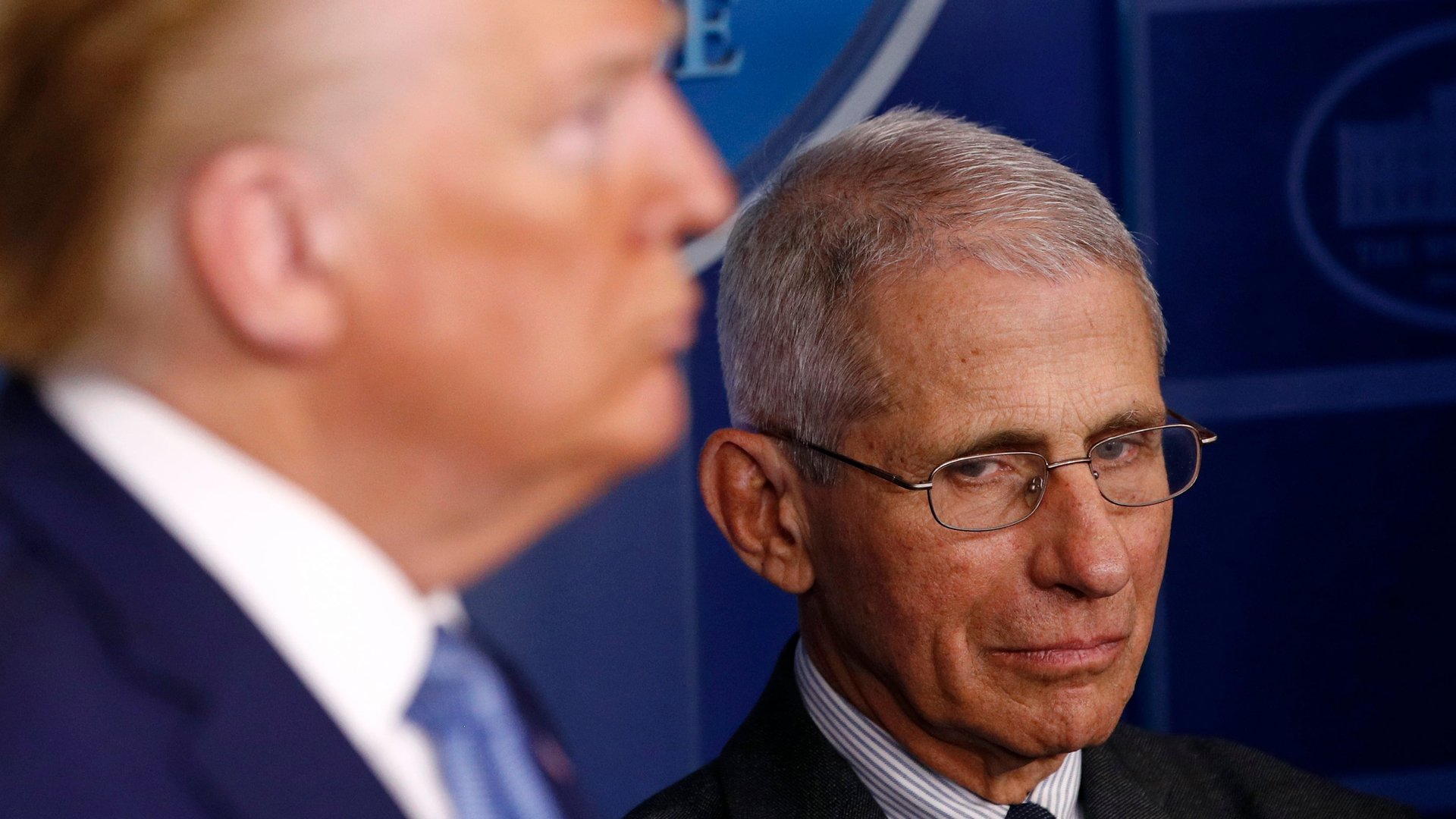
To put it bluntly, an already dire situation under Trump would have gotten much, much worse before it got better.
The Friday before the Nov. 3 election, nearly 100,000 people tested positive for Covid-19. Deaths in the US have surpassed 232,000. And yet, Trump—after falling ill with the virus in September—had already stated that any new lockdown measures would be “draconian.” He also alluded to potential plans to fire Antony Fauci, the director of the National Institute on Allergies and Infectious Diseases.
It’s not that Trump was completely ignoring the pandemic; rather he seemed to be prioritizing the health of the economy over the health of the populace. By effectively politicizing—and even gagging—public health institutions like the US Centers for Disease Control, his administration had already delegated any kind of coherent pandemic response to state and local governments, says Brooke Nichols, a health economist and infectious disease mathematical modeler at Boston University. “With the pandemic you need coordination,” she says. “If you don’t have that it’s still going to be a hot mess from now until it burns itself out.”
Rather than focusing on containing the infection with efforts like mask mandates, testing, and contact tracing, Trump was likely to have stayed focused on reactionary interventions like treatments and vaccines. (His administration’s deals to purchase vaccines from companies like Pfizer and Moderna mean the US will likely have access to at least 50 million doses of Covid-19 vaccines by the end of the year—although without a fully fleshed-out distribution plan, they alone would not end the pandemic as quickly as Trump had been hoping.
Immigration
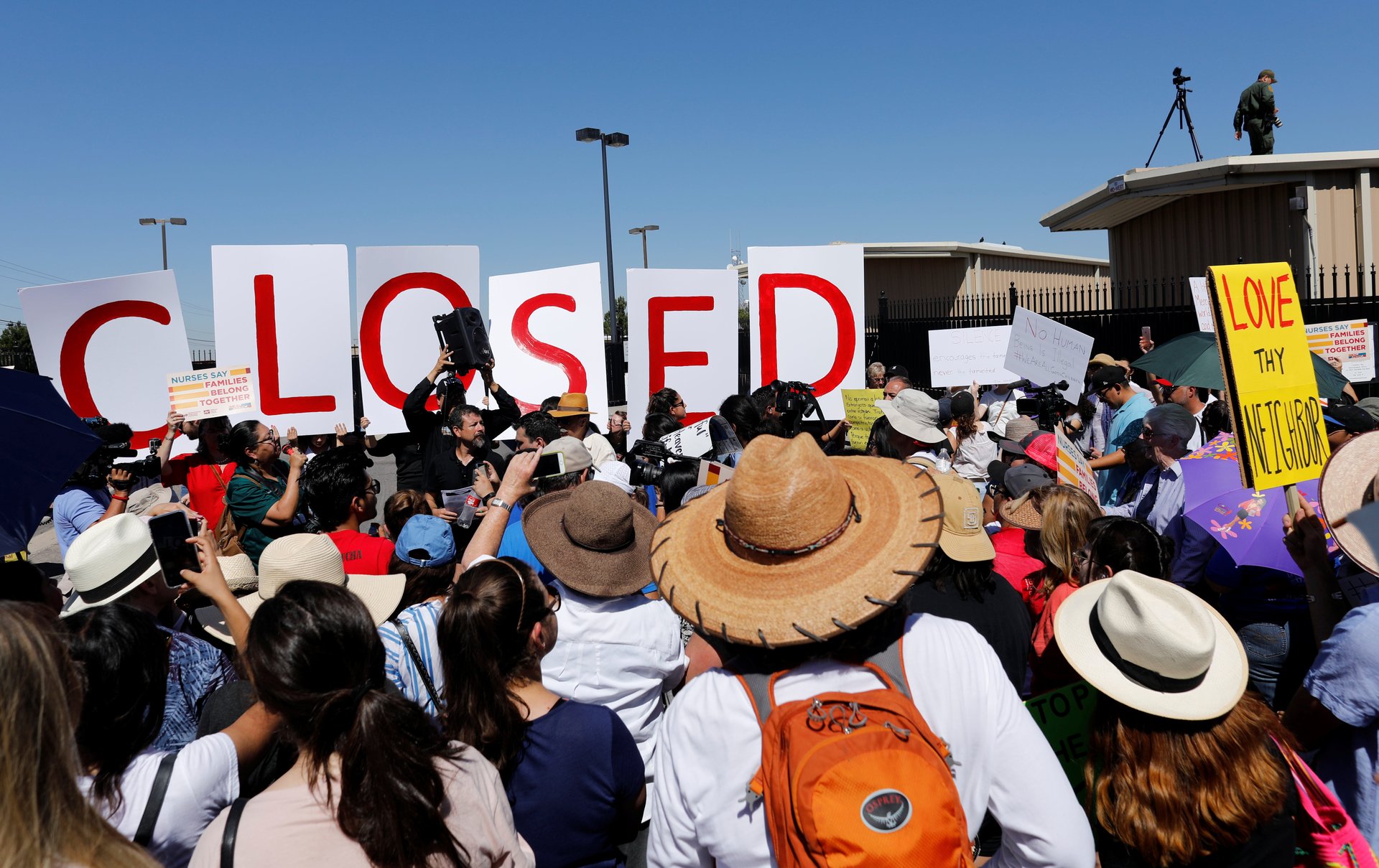
In Trump’s first term, immigration took center stage. And his anti-immigration regulations and rhetoric had the desired effect.
Since 2017, the number of documented immigrants in the US decreased dramatically, the number of refugees allowed into the country hit a historic low, and even foreign talent recruitment programs that were crucial to the US economy were severely reduced. At the border, Trump waged war against asylum seekers and undocumented immigrants, detaining children and separating them from their families under a “zero tolerance” policy that was condemned by the United Nations as a violation of human rights.
Trump’s re-election campaign put less focus on halting immigration, but according to his senior advisor Stephen Miller, the architect of Trump’s draconian immigration approach, the administration was seeking a further tightening of immigrant rights: Fewer asylum seekers would be admitted to the country, work visa limits would be tightened, and more countries would be added to the travel ban.
The current freeze on green card issuance likely would have continued beyond the Covid-19 crisis. And the president planned to double down on the public charge rule, making it even harder for immigrants who work in low-income jobs to stay in the country.
A second term also promised the continued deportation of undocumented immigrants, without any special dispensation for DREAMers, and a crackdown on sanctuary cities.
But it is unclear whether even four more years would have given Trump enough time to make good on his hallmark 2016 promise: the wall. In his recent rallies, Trump had touted that the US-Mexico border barrier was pretty much fully built—but his administration primarily replaced existing barriers, and hadn’t come anywhere close to his campaign promise of building 2,000 miles of concrete wall.
Healthcare

Four years ago, the promise to “repeal and replace” Obamacare had been a leitmotif not just of Trump’s campaign, but of the entire Republican party. Yet despite having a majority in Congress, the president and his party were not able to change the healthcare law—fundamentally for lack of a better option. Through the years, Trump continued to attack Obamacare and claimed to have a much better plan ready, with promises to cut drug prices and end surprise billing, yet the details were never made public.
There is no reason to think Trump would have done in a second term what he didn’t do in the first.
Since the individual mandate was effectively abolished by Congress in 2017, the current healthcare policy has become popular among voters of both parties. It would have seemed unwise of Trump to try and radically change the law.
There was, however, at least one scenario in which Americans might have found out what Trumpcare was meant to be about. Trump has been backing a Texas-led lawsuit to make the Affordable Care Act unconstitutional, which will be heard by the Supreme Court on Nov. 10. It is extremely unlikely that the law will be struck down, but were this to be the case, Trump would have had to implement at least some form of a replacement.
To get a sense of what that might have looked like, we can look to recent changes in Georgia, where the Centers for Medicare and Medicaid Services approved a Medicare expansion waiver. The change, requested by a Republican governor and supported by the Republican federal administration, set the eligibility requirements for Medicare much higher than under the expansions promoted through Obamacare. As a result, fewer Georgians will be able to access Medicare, and more will remain uninsured. While a full Medicare expansion would have granted coverage to 270,000 people, this one will cover fewer than 100,000. The state also will leave the healthcare.gov marketplace, and replace it with a state-based one.
Given that Republican states have been among the least inclined to adopt the Medicaid expansion, it seems reasonable to have expected a Trump-designed Obamacare replacement to similarly reduce access to Medicare, and cut marketplace subsidies. With Biden in the White House, the extrapolation becomes a counterfactual.
Regulation
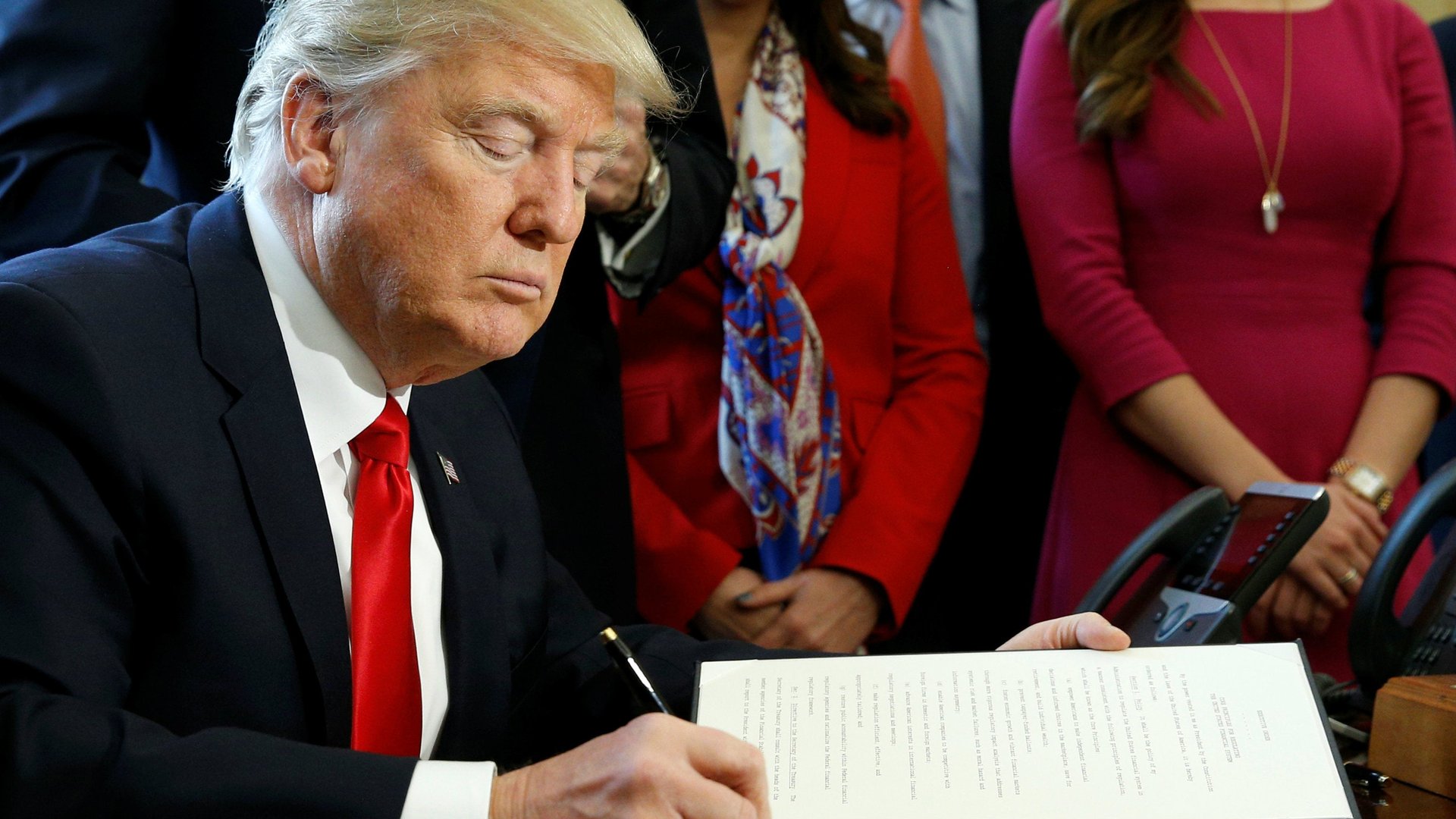
Trump ran on a promise to eliminate regulations from the US government agencies, and on that, at least, he delivered. His deregulatory agenda rewrote or eliminated hundreds of rules that cover everything from the flying of drones to the protection of federal land in Utah from oil and gas drilling. According to one estimate, the Trump administration either rolled back, or is in the process of rewriting, nearly 100 environmental regulations alone.
Had he won, there would have been no reason to think he wouldn’t have kept going. Many of his rollbacks face challenges brought by environmental and other groups. While the courts in some cases found the proposed changes were brought in haste or weren’t adequately justified, with four more years it’s likely the administration would have been able to cure those faults. And were the cases to advance to the Supreme Court, Trump would have been well positioned with the current 6-3 conservative majority.
With a second term, Trump likely would have extended his business-friendly approach to regulating banking and finance, continuing to weaken the Dodd-Frank Act that put tougher rules on Wall Street after the 2008 financial crisis. And his administration might have looked at building a permanent sunset provision into all new rules, forcing future administrations to rewrite regulations if they want to keep them on the books.
Climate change

This past week, Trump saw one of his key climate promises fulfilled: The US is officially out of the Paris Agreement. But were Trump given a second term, sitting out of a UN forum probably would have been the least of the planet’s US-based worries.
Trump’s first term saw a cascade of environmental deregulation, attacks on science, and the staffing of key positions with fossil-fuel lobbyists and climate deniers. Although the administration has seen many of its half-baked regulatory rollbacks and executive orders stopped by the courts, a second term would have been a chance to make more of them stick. That could have included relaxing restrictions on methane emissions, opening more federal land and water to oil and gas drilling, limiting the scope of environmental reviews for building projects and pipelines, restricting the ability of California or other states to set their own more-ambitious emissions standards, and blocking the consideration of science and climate benefits in regulatory decisions. He might have even pushed the US Environmental Protection Agency to undo its key 2009 finding that greenhouse gases harm human life, a fundamental starting place for any climate regulation.
Trump also might have continued to privatize the National Flood Insurance Program, which would have forced climate-vulnerable households into foreclosure. With Republican allies in Congress, he could have allowed key tax credits for wind and solar to expire, and confirmed more judges hostile to environmental regulation. Overall, his administration’s stance on climate would have put the US increasingly at diplomatic odds with allies and ceded the economic advantage on clean energy industries to China.
Policy changes during Trump’s first term will likely result in nearly 2 billion additional tons of CO2 by 2035, according to a recent analysis. A second term would have put the world on a dangerous trajectory as the clock runs out to avert catastrophic warming—and would have made the job of cleaning up much more difficult and expensive for future presidents.
The US Supreme Court
Trump likes to brag about his record of appointing conservative judges, but analysts note that while he has filled out the courts of appeals, he hasn’t had the impact on the courts that Obama did. Four more years could have given him a chance to match or exceed that influence.
With his first term, Trump appointed nearly a quarter of current judges, and more appeals court judges than any president since Jimmy Carter. Almost all of his picks have been members of the Federalist Society, a conservative ideological group backed by opaque business interests, and they tend to rule in favor of them.
When it comes to the Supreme Court, the 6-3 conservative majority created with the arrival of new justice Amy Coney Barrett is a key accomplishment for Trump. It’s hard to say if there would have been more open seats on the highest court during Trump’s second term; the oldest Justice, Clinton-appointee Stephen Breyer, is now 82, followed by Reagan-appointee Clarence Thomas at 72. If either were to have stepped down or passed away, Trump would have had the chance to appoint a fourth member of the nine-person body, creating an enduring originalist majority.
International relations
“There is a tradition of second-term moderation in American foreign policy,” says Ian Lesser, vice president of the German Marshall Fund of the United States, public policy think tank. But this was extremely unlikely to have happened with Trump.
The president was widely expected to continue approaching foreign policy through the lens of great-power competition (read: China) and deal-making, notably in the Middle East. He likely would have continued antagonizing Iran. In Latin America, Trump’s distaste for leftist regimes had seen him oppose cooperation with countries like Cuba, Nicaragua, or Venezuela.
Trump was likely to have continued pushing Europeans to spend more on defense and rebalance their trade relationship with the US. Relations between Washington and Brussels would have continue to worsen.
“His worldview of competitive nation states vying for power and resources would face stiff challenges from the foreign-policy establishment and Brussels,” says Peter Rough, a senior fellow at the Hudson Institute, a US think tank. “But a common front against a revanchist Russia and revisionist China would push America and Europe together no matter who wins the White House.”
Finally, Trump would have continued supporting strongmen in his image around the world, emboldened by what he would have seen as a mandate from the American people for his “America first” message.
China
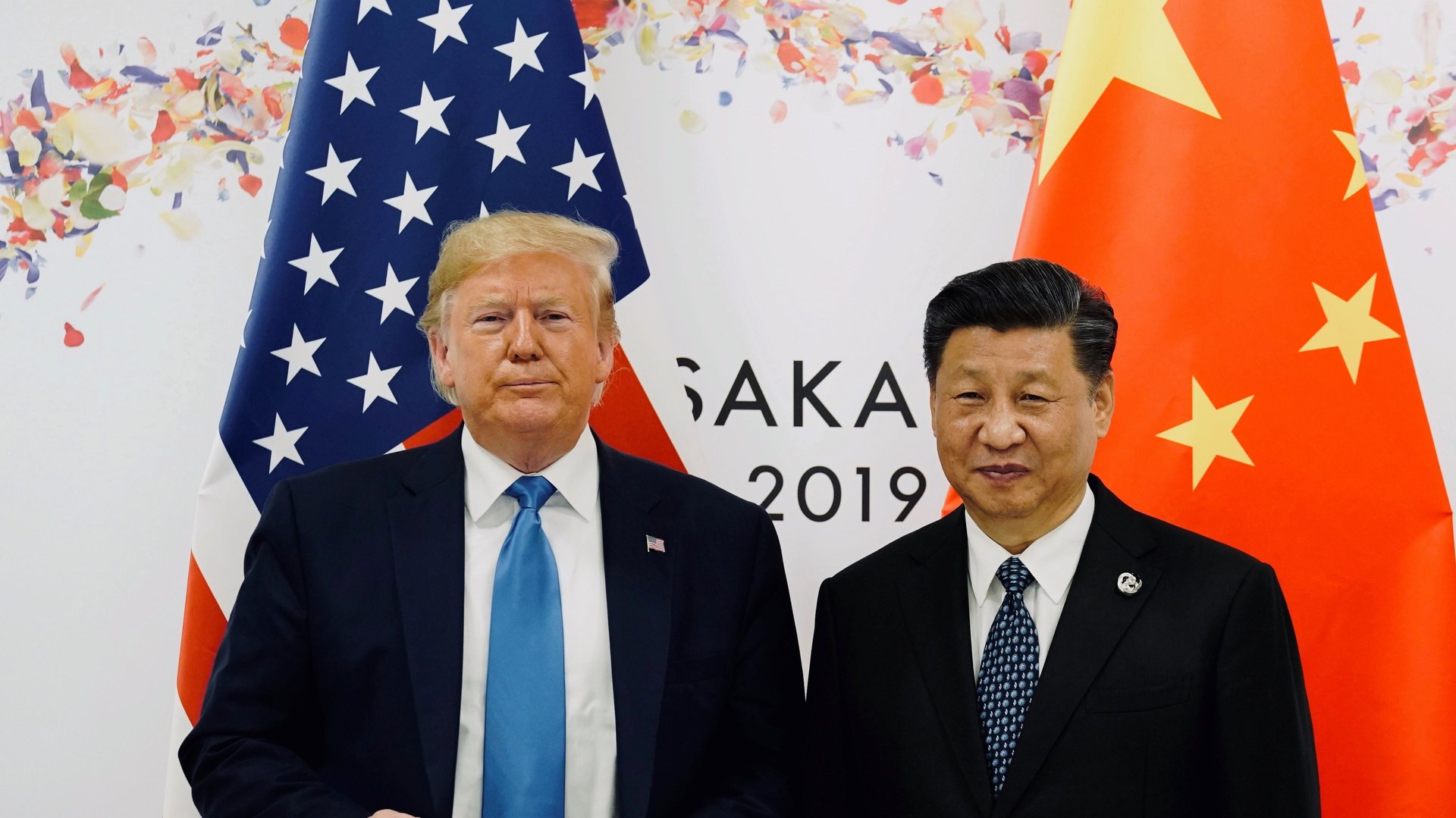
If Trump’s 2016 election shocked Beijing’s political leaders, they were more prepared for the possibility of his 2020 re-election—and would have likely even welcomed it.
A Trump victory would have helped China “enhance its own cultivation of nationalism, as Trump would presumably continue to play up the tensions between China and the US,” said Wu Qiang, a former politics professor at China’s Tsinghua University. “Xi Jinping has consolidated his power amid such rising tensions during the past years,” and could have continued to do so had Trump won again.
Trump would have entered a second term as US-China relations barrel toward greater confrontation. “The power gap is shrinking, and the ideological gap is growing,” said Rush Doshi, director of the China Strategy Initiative at the Brookings Institution.
The ongoing legal fight over whether TikTok can be banned from the US—or made more American—is just one manifestation of that deep divide. But while Trump made being “tough on China” a key part of his political persona, it’s less clear whether his actions have really succeeded in putting lasting pressure on Beijing, or whether he would have been any more successful in doing so with a second term.
Though his administration made adversarial moves against Chinese tech successes like Huawei, TikTok, and WeChat, as well as unveiling a “Clean Network” initiative aimed at expelling maligned Chinese tech products from US networks, “the tangible response has not been strategic and has remained at the margins,” said Emily de La Bruyère, co-founder of strategic consultancy Horizon Advisory.
Critics of the “clean” network initiative, for example, say it’s heavy on rhetoric but light on specifics, and emphasizes keeping China out rather than establishing a comprehensive alternative, with US allies, to Beijing’s vision of a state-controlled internet.
Then there’s the issue of Taiwan, which some see as the next frontier of the US-China standoff. Trump set the tone early on when, as president-elect four years ago, he controversially accepted a call from Taiwan’s president Tsai Ing-wen—possibly as a way to needle Beijing.
As Taiwan-China tensions ratchet up with increased Chinese military activity around the Taiwan Strait, eyes will be on how and whether the US signals America’s commitment to defending the region against Beijing’s aggression.
In Trump’s final months, he dispatched his health secretary to the island, the highest-level cabinet visit in three decades, firmed up plans to sell $2.4 billion in weapons systems to Taiwan, and worked toward a bilateral trade deal. As a result many in Taiwan welcomed the idea of Trump’s re-election, as did some in Hong Kong’s pro-democracy camp.
But the American public had other plans.
Correction: An earlier version of this article suggested Trump called Tsai. It has been corrected to say it was Tsai who initiated the call.